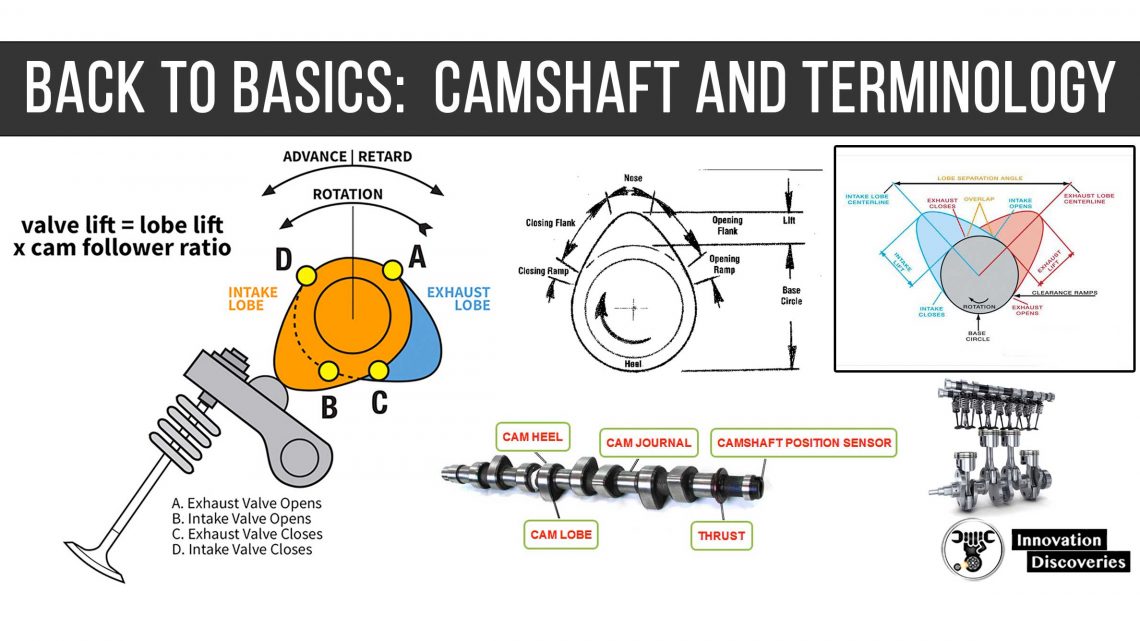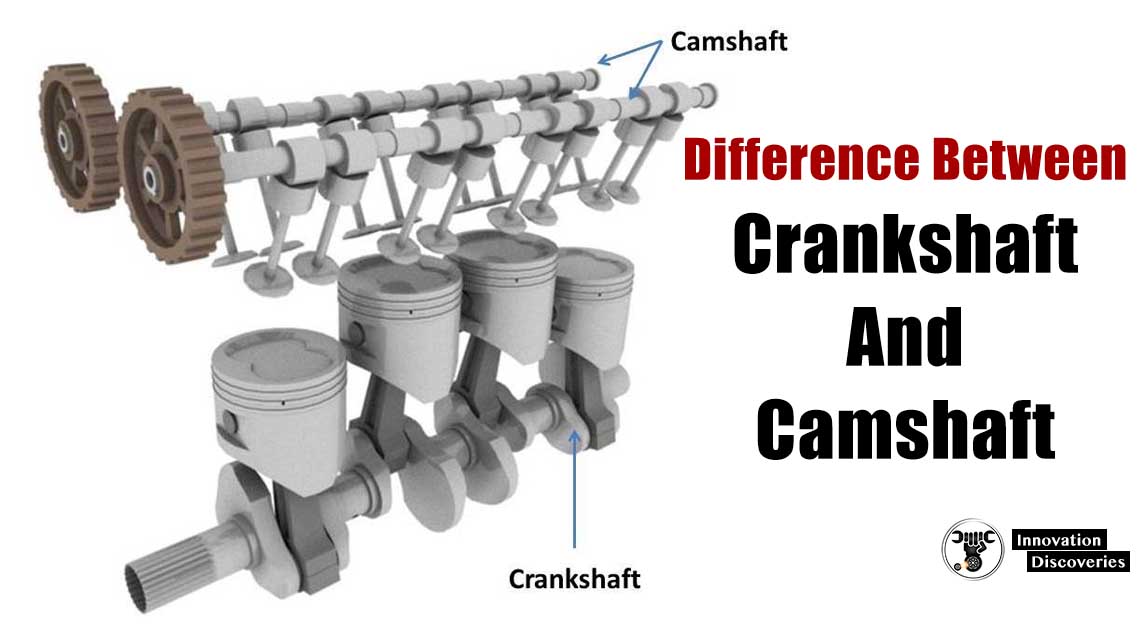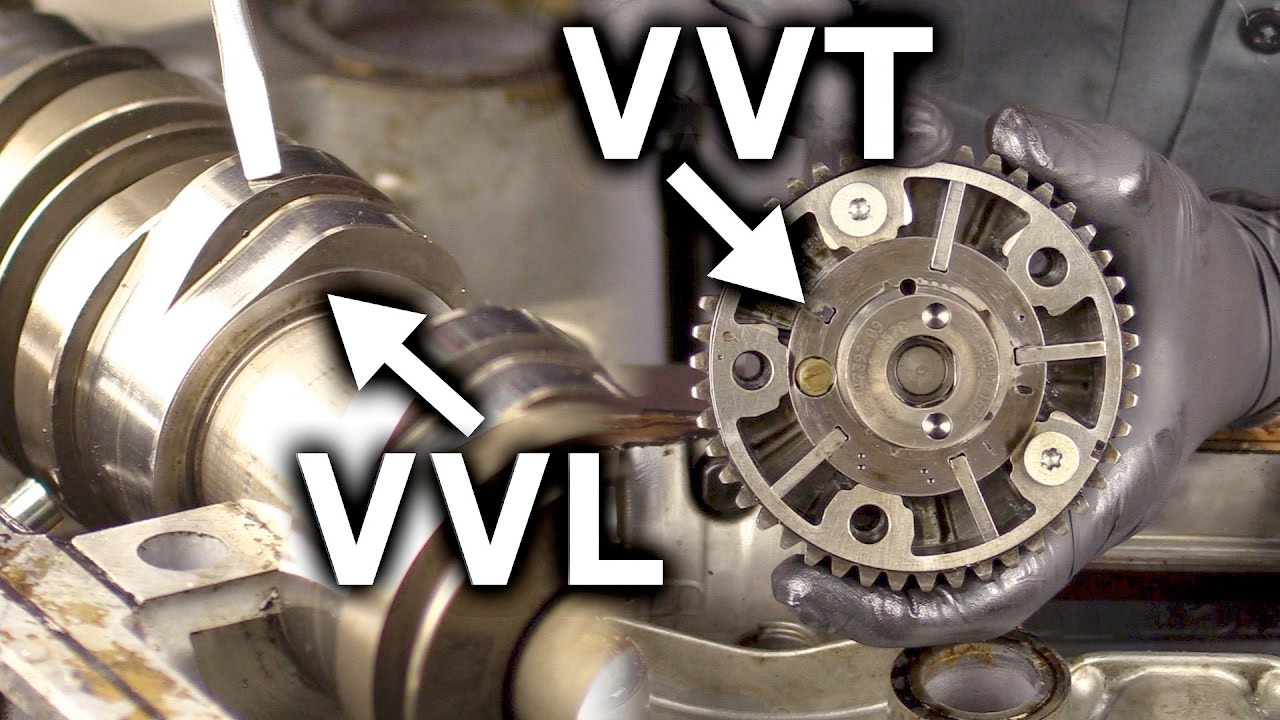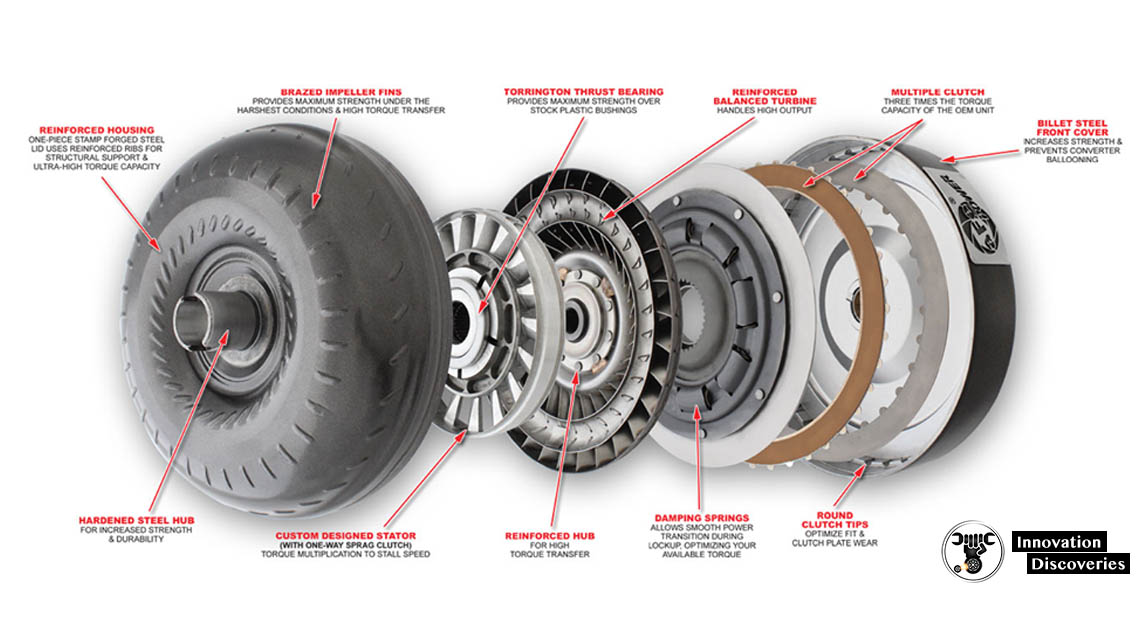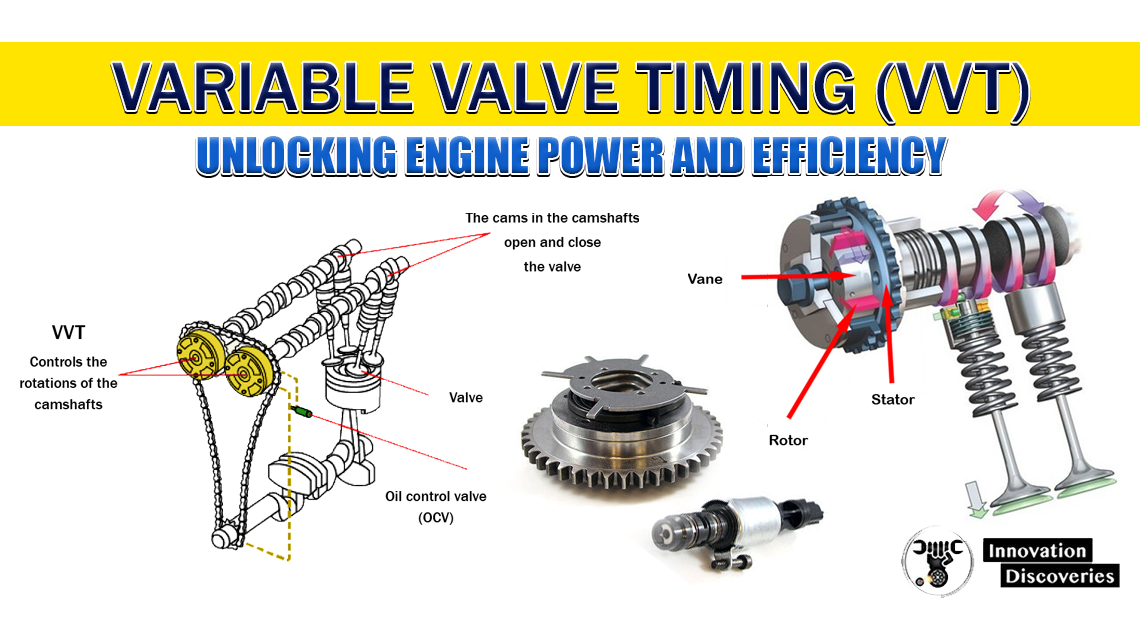
Think engine performance is all about horsepower? Think again!
Variable Valve Timing (VVT) is revolutionizing the automotive industry, not just by boosting power, but also by significantly improving fuel efficiency and reducing emissions. Whether you’re a gearhead, an aspiring mechanic, or just someone who loves understanding how things work under the hood, this deep dive into VVT will change the way you think about modern engines.
🔧 What is Variable Valve Timing?
The Key to Engine Efficiency
An internal combustion engine needs air, fuel, and spark to run efficiently. But here’s the challenge: the timing of air intake and exhaust valves—when they open and close—plays a major role in how much power or efficiency you get. Traditional engines use fixed valve timing, which is a compromise between low-end torque and high-end horsepower.
Enter Variable Valve Timing: a game-changing system that adjusts valve timing on the fly to match driving conditions. It gives you better fuel economy at low speeds and more power at higher RPMs, all in one package.
⚙️ How Does VVT Work? (Simple Breakdown)
At the heart of VVT lies a synergy between camshafts, hydraulic actuators, and engine control units (ECUs).
Here’s a basic rundown:
- Camshafts control the opening and closing of intake and exhaust valves.
- VVT systems use hydraulic actuators or electric motors to alter the position of the camshaft relative to the crankshaft.
- The ECU (computer brain of the engine) monitors engine load, speed, and throttle position to decide when to adjust the timing.
- Sensors like crankshaft and camshaft position sensors help the ECU make real-time decisions.
🔍 Benefits of Variable Valve Timing
1. 🚙 Enhanced Fuel Efficiency
By optimizing valve timing during low-load conditions (e.g., cruising or idling), VVT ensures better air-fuel mixture combustion. This means less fuel is wasted, helping engines run leaner and more efficiently.
2. 🏁 Increased Power Output
Want more horsepower at high RPMs and better torque at low speeds? VVT delivers both. It adjusts valve overlap (when intake and exhaust valves are open at the same time) for peak performance when you need it.
3. 🌍 Reduced Emissions
VVT contributes to cleaner combustion, reducing unburned hydrocarbons and nitrogen oxide emissions. This makes engines more environmentally friendly and compliant with emission regulations.
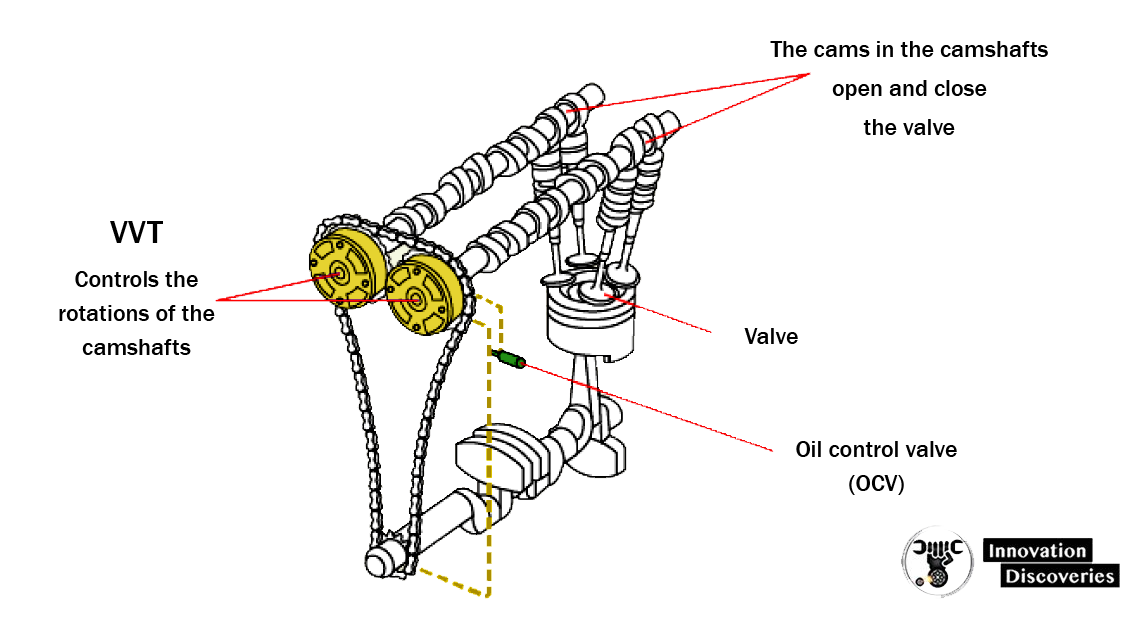
🛠️ Types of Variable Valve Timing Systems
🔷 Toyota’s VVT-i (Variable Valve Timing with intelligence)
- Uses hydraulic actuators and an ECU to modify camshaft timing.
- Helps balance performance and efficiency in Toyota engines.
🔷 Honda’s VTEC (Variable Valve Timing and Lift Electronic Control)
- Switches between multiple camshaft profiles depending on engine speed.
- Offers a noticeable performance boost at high RPMs—famously known as “VTEC kicking in!”
🔷 Variable Cam Timing (VCT)
- Common in Ford and BMW engines.
- Adjusts camshaft timing continuously using oil pressure to fine-tune valve operation.
| VVT | Chrysler, GM, Proton, Suzuki, Isuzu, VAG group, Toyota |
| VVTi | Toyota, Lexus |
| AVCS | Subaru |
| AVLS | Subaru |
| CPS | Proton |
| CVVT | Hyundai, KIA |
| DCVCP | General Motors |
| DVVT | Daihatsu |
| MIVEC | Mitsubishi |
| MultiAir | Fiat |
| N-VCT | Nissan |
| S-VT | Mazda |
| Ti-VCT | Ford |
| VANOS | BMW |
| ValveTronic | BMW (also adjusts valve lift) |
| VarioCam | Porsche |
| VTEC | Honda |
| i-VTEC | Honda |
| VTi | Citroen |
| VVC | MG, Rover |
| ValveLift | Audi |
| VVEL | Nissan, Infinity |
| CamTronics | Mercedes |
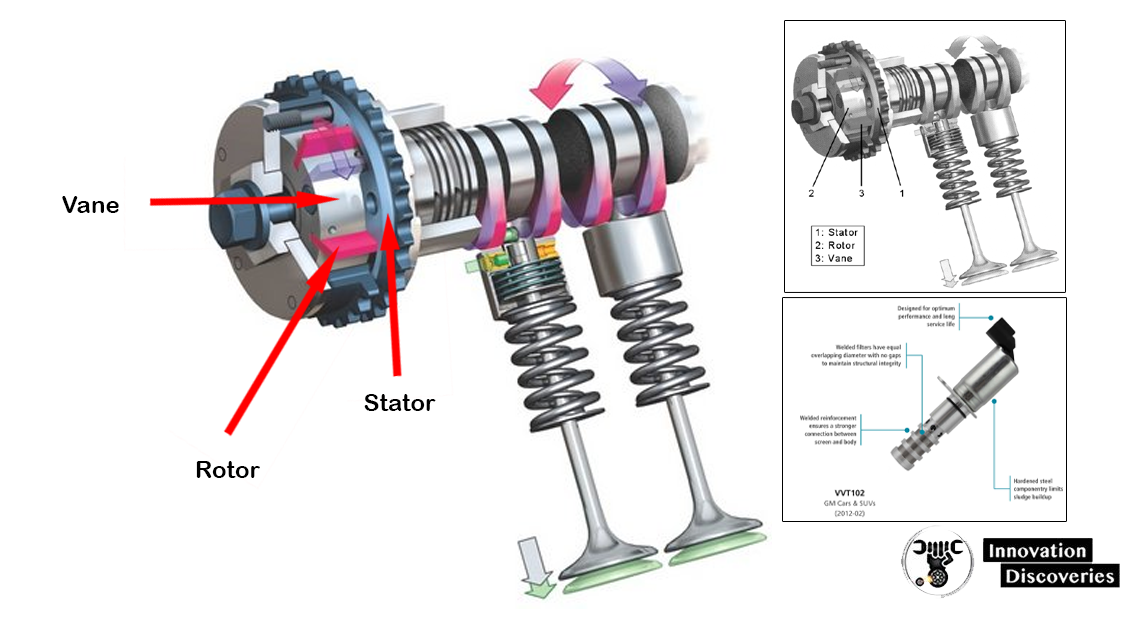
The Future of Variable Valve Timing
Adaptive VVT with AI & Machine Learning
Modern ECUs are getting smarter. Future VVT systems will integrate machine learning to predict and adapt to driving styles, road conditions, and fuel quality in real time.
🔋 VVT in Hybrid Powertrains
Hybrid engines use VVT to maximize energy recovery and efficiency, especially during regenerative braking and engine start-stop cycles.
🔧 Redefining Engine Architecture
As emission regulations tighten and electrification increases, VVT will continue to evolve, ensuring that internal combustion engines stay relevant by becoming cleaner and more responsive.
🎬 Wrap-Up: Why Variable Valve Timing Matters
Variable Valve Timing isn’t just a technical term—it’s the unsung hero of your engine’s performance. From daily commuting to performance driving, it plays a pivotal role in making engines smarter, cleaner, and more adaptable.
💬 Your Turn!
Got a question about how VVT works in your car? Curious about which system your engine uses—VVT-i, VTEC, or something else?
👉 Drop your questions in the comments below—we’re here to help!
📚 Looking for more? Check out our related articles on engine performance, turbocharging, and hybrid technology!
How Variable Valve Timing Works, And How it Makes Your Engine Better
FOR MORE KNOWLEDGE
Visit Forum
Visit Our Friendly Website


